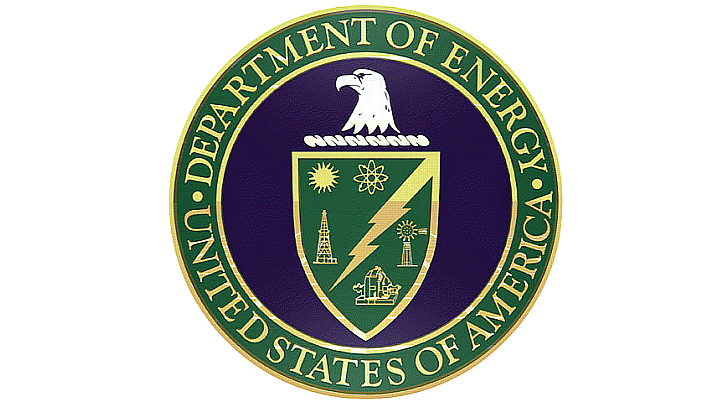One of the biggest problems with nuclear power in the U.S. is the disposal of the seventy thousand tons of spent nuclear fuel from the 98 operating commercial nuclear power reactors. In addition to having to deal with this huge problem, there is also the need to clean up nuclear waste created by the U.S. government in the development of nuclear weapons and nuclear research projects. This cleanup is in the hands of the U.S. Department of Energy (DoE).
In 2017, the DoE estimated the cost of nuclear clean up at three hundred eighty-four billion dollars. The estimate for 2018 was four hundred and ninety-four billions dollars. The estimate increased in one year by roughly twenty five percent or one hundred billion dollars. These estimated were provided to the DoE under a contract with the accounting firm KPMG. David Trimble is the director of the Government Accountability Office’s Natural Resource and Environment division. He said, “We believe the number is growing and we believe the number is understated.”
Eighty percent of the increase in the annual estimation is a result of new estimates of the cost of cleaning up the radioactive wastes and hazardous chemicals at the five hundred and eighty six square mile Hanford Reservation in south central Washington State. The Hanford Reservation hosted nine production reactors and processing facilities which generated plutonium for the construction of the U.S. nuclear arsenal during the Cold War with the Soviet Union. The Reservation was developed and put into operation in the early 1940S and continued to operate until 1989
Cleaning up the radioactive mess at Hanford has already cost the U.S. government one hundred and seventy billion dollars in the last thirty years. Unfortunately, the most complicated and difficult part of the clean up has not been accomplished yet. There are over fifty-six million gallons of what are described as “hazardous and highly radioactive waste” by the DoE Inspector General.
The sharp rise in the estimated cost of DoE cleanup of radioactive wastes resulted from an update in the projected cost of activities at Hanford. They need to build and operate a waste treatment plant which will have to include “operating costs, tank farm retrieval and closure costs." The report on estimated Hanford costs also mentioned that changes were needed in technical approach or scope and updated estimations of projected waste volumes.
A DoE spokesperson said that the office that oversees the Hanford cleanup is “committed to making progress on the ground at Hanford and mitigating the years of escalating liabilities at the site. The statement continued “(the DoE) is working with regulators and stakeholders on best options to treat and dispose of radioactive waste.” Trimble at the General Accounting Office says that he does not believe that the DoE has a coherent strategic plan on how to carry out its cleanup mission.
Secretary of Energy Rick Perry has proposed that the radioactive waste at Hanford be reclassified to make its ultimate disposal cheaper. This proposal is rigorously opposed by environmental groups in the Pacific Northwest.
